EXCLUSIVE: After Alaska. What the Latest Trump-Led Peace Push Does — and Doesn’t — Change.

When Donald Trump stepped off Air Force One in Alaska last week to greet Vladimir Putin on a red carpet, he was staging what he hoped would be a historic moment: the beginning of the end of Europe’s bloodiest war in decades. Yet, the Alaska summit delivered little — a spectacle heavy on symbolism, light on substance, and one that has given Moscow exactly what it wanted: time, legitimacy, and the appearance of Western concessions.
Three days later, Trump shifted gears in Washington, flanked by Ukrainian President Volodymyr Zelensky and a cohort of Europe’s most powerful leaders. That gathering looked very different. Instead of one-on-one theatrics with the Russian leader, it projected transatlantic unity, with talk of security guarantees for Ukraine and support for its sovereignty. Yet even there, beneath the smiles and handshakes, the same question hung in the air: does any of this bring peace closer, or is the world watching a dangerous stalemate dressed up as progress?
The optics in Anchorage were jarring. Putin was welcomed with US soldiers rolling out a literal red carpet. Trump clapped as the Russian president emerged, smiling for cameras. Russian state media saw it as the proof of Moscow’s restored great power status, even reviving rhetoric about Alaska’s 19th-century sale to the United States.
Inside the summit, the substance was even thinner than the pomp. Trump arrived promising to secure a ceasefire — “I want to see a ceasefire rapidly,” he told reporters en route. But after three hours, the goalposts shifted. Putin offered no ceasefire, no direct talks with Zelensky, and no commitments to scale back Russia’s offensive. Instead, Trump left with what he called an “understanding”: that negotiations could begin if Ukraine ceded Donbas, recognized Crimea as Russian, and accepted limitations on NATO ambitions.
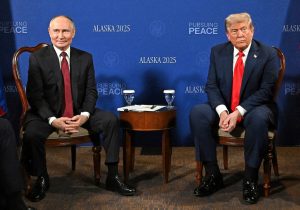
(Sergei Bobylev / Pool via AP)
Michael McFaul, the Ken Olivier and Angela Nomellini Professor of International Studies in Political Science, Director and Senior Fellow at the Freeman Spogli Institute for International Studies, and the Peter and Helen Bing Senior Fellow at the Hoover Institution at Stanford University, a former US Ambassador to the Russian Federation during the Obama administration, called it a diplomatic blunder.
“Trump and his interlocutors negotiated to begin to negotiate, hardly a significant achievement,” he wrote.
Worse, he argued, Trump “gave away some of his most valuable negotiated chits without receiving anything from Putin in return,” including recognition of Crimea as Russian and a pledge that Ukraine will never join NATO.
Angela Stent, a professor in Georgetown University’s Department of Government and School of Foreign Service, where she directs the University’s Center for Eurasian, Russian, and East European Studies, and a leading US-Russia expert, was equally blunt. Alaska, she said, accomplished little beyond flattering Putin:
“Trump may have come out of the summit believing he had an agreement to negotiate to end the war, while Putin emerged confident he can keep it going.”
If Alaska gave Putin breathing room, Washington was Trump’s attempt to patch things up. Surrounded by Zelensky and leaders from Britain, France, Germany, Italy, Finland, and the EU, Trump struck a more balanced tone. The discussion centered not on land swaps but on how Ukraine could be guaranteed security once the war ends.
“Security guarantees for Ukraine are indispensable,” declared a joint EU statement.
Behind closed doors, some floated “Article 5-type” commitments — pledges that an attack on Ukraine would trigger a collective response, even if Kyiv never formally joins NATO. That’s unprecedented — and risky. Moscow has already warned that NATO soldiers in Ukraine would be seen as an escalation.
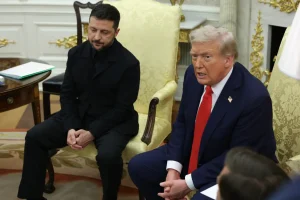
(Anna Moneymaker / Getty Images)
Trump hinted that US air support might be on the table, though he ruled out American boots on the ground. Some European governments, including France and the UK, signaled willingness to station forces in Ukraine as part of a “coalition of the willing.“ For Zelensky, that was at least a partial win: security guarantees are one of Kyiv’s core demands.
But the central contradictions remained. Trump praised Zelensky in public while privately telling aides that “it’s really up to President Zelensky to get it done” — putting the compromise with Russia on Ukraine. Putin, meanwhile, refuses to meet Zelensky, whom he brands an “illegitimate leader.”
The war itself continues to grind on. Russia occupies about 19 percent of Ukraine — less than its 2022 peak, but still significant, with both countries mounting losses. Ukrainian cities are still hit nightly by drones and missiles. Moscow insists on nothing less than full control of Donbas, Crimea’s permanent recognition, and limits on Kyiv’s Western ties.
From Kyiv’s perspective, those demands are existential nonstarters. Zelensky has repeatedly said Ukraine will not cede territory it still controls. For him, ceding Donbas or Zaporizhzhia isn’t a “land swap” — it’s political suicide.
Both sides are now standing in polar opposition and the Trump administration doesn’t make it much easier. As Steven Pifer, an affiliate of Stanford’s Center for International Security and Cooperation and a former US ambassador to Ukraine, commented to Wyoming Star:
“It is very difficult to understand the Trump administration’s strategy for resolving the Russia-Ukraine war, in part because President Trump seems to flip-flop so much. Several times in the past four months, Trump set deadlines for Russia to change its approach or face consequences. In each case, Russia did not change its approach and continued to carry out military action against Ukraine, and in each case Trump imposed no consequences. That is not the way to deal with the Kremlin.”
For Pifer the August 15 Trump-Putin meeting in Alaska was another was another case of a flip. Al the Trump’s talk about achieving a ceasefire went out the window as soon as Putin did not agree. A short post-meeting press conference felt like Trump got outplayed.
“Trump talked about a general settlement, apparently based on an “understanding” with Putin that had no chance of being accepted by the Ukrainians. By all appearances, Trump did not raise the “understanding” when he met with Ukrainian President Zelensky and the seven other European leaders on August 18. “Unless Trump adopts a consistent strategy, takes a tougher stance toward Russia, and imposes consequences when Putin ignores his deadlines, it is difficult to see Trump’s diplomacy advancing the cause of peace between Russia and Ukraine,” Pifer wrote.
James Goldgeier, Professor of International Relations and PhD program director at American University School of International Service, came to similar conclusion:
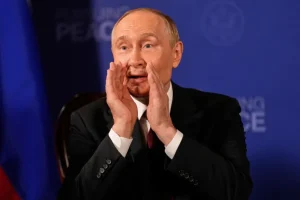
“The primary obstacle to peace in the Russia-Ukraine war is Vladimir Putin, and unfortunately, he has shown no indication of desiring to end the war. The Alaska meeting gave him more breathing room to continue his war, since he is facing no serious consequences from the United States for his actions. Unless the West and Ukraine can significantly increase the costs to Putin of continuing the war, he won’t stop.”
So where does this leave the peace process? In truth, nowhere new. The Alaska summit gave Putin legitimacy and time. The Washington meetings reassured allies and shifted the narrative back toward collective security, but without concrete steps forward. Ukraine still insists on sovereignty and territorial integrity. Russia still demands concessions Kyiv is unwilling to make. And Trump is caught between playing peacemaker and appeaser trying to get his Nobel Peace Prize.
The war will end not with photo ops but when one side feels it has no better alternative. Right now, Putin sees that a path to victory lies through outlasting the West, and Trump has shown little appetite for changing that calculus. Unless Washington and Europe either raise the costs for Moscow or give in to its demands, peace will remain a slogan rather than a strategy.
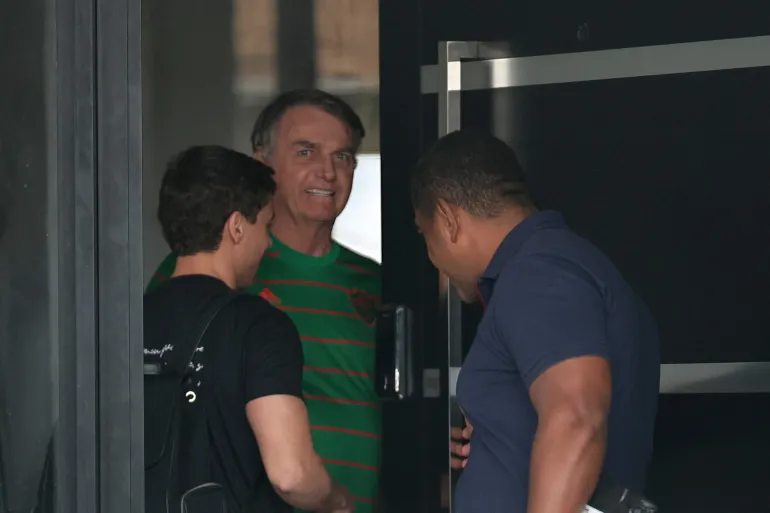
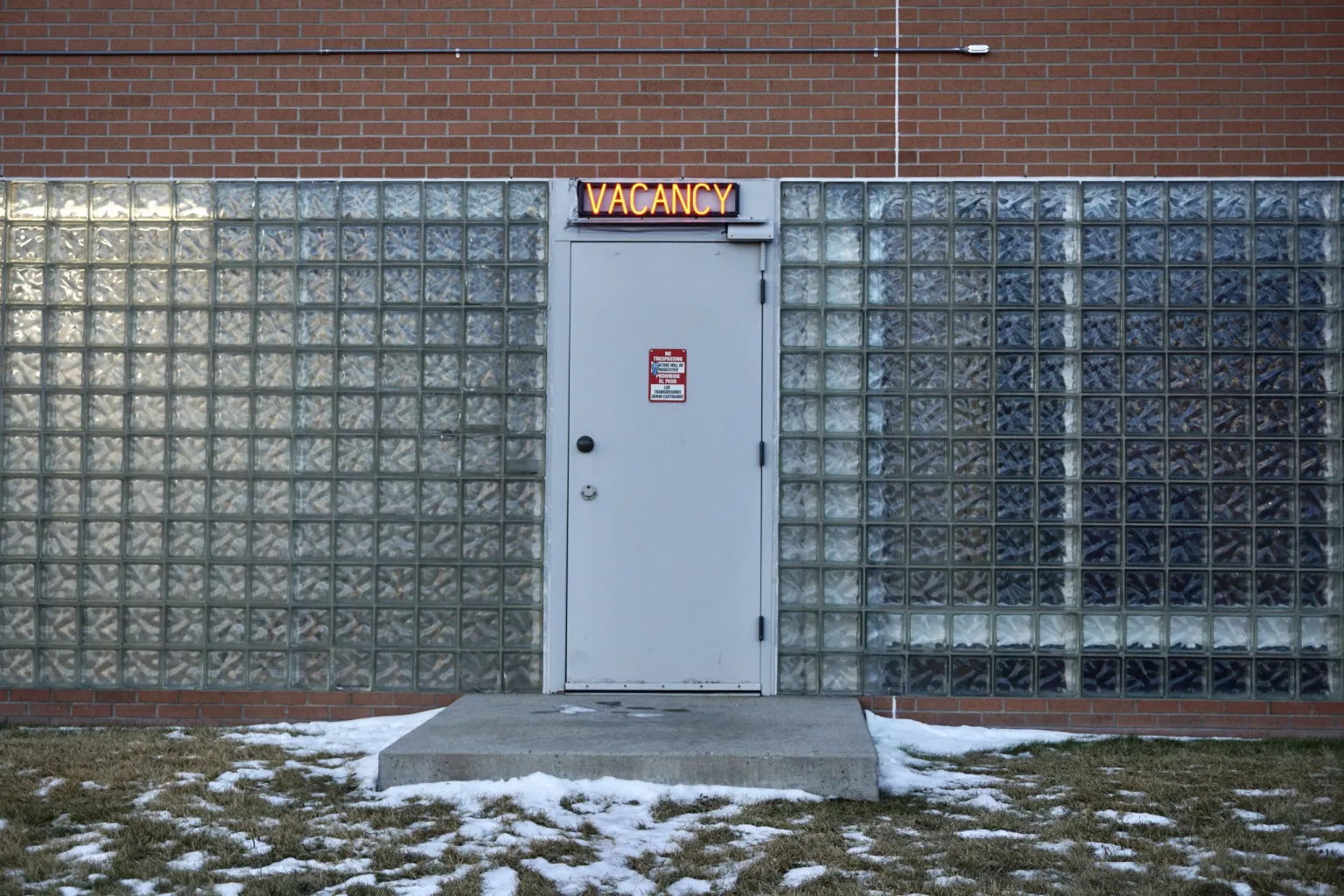





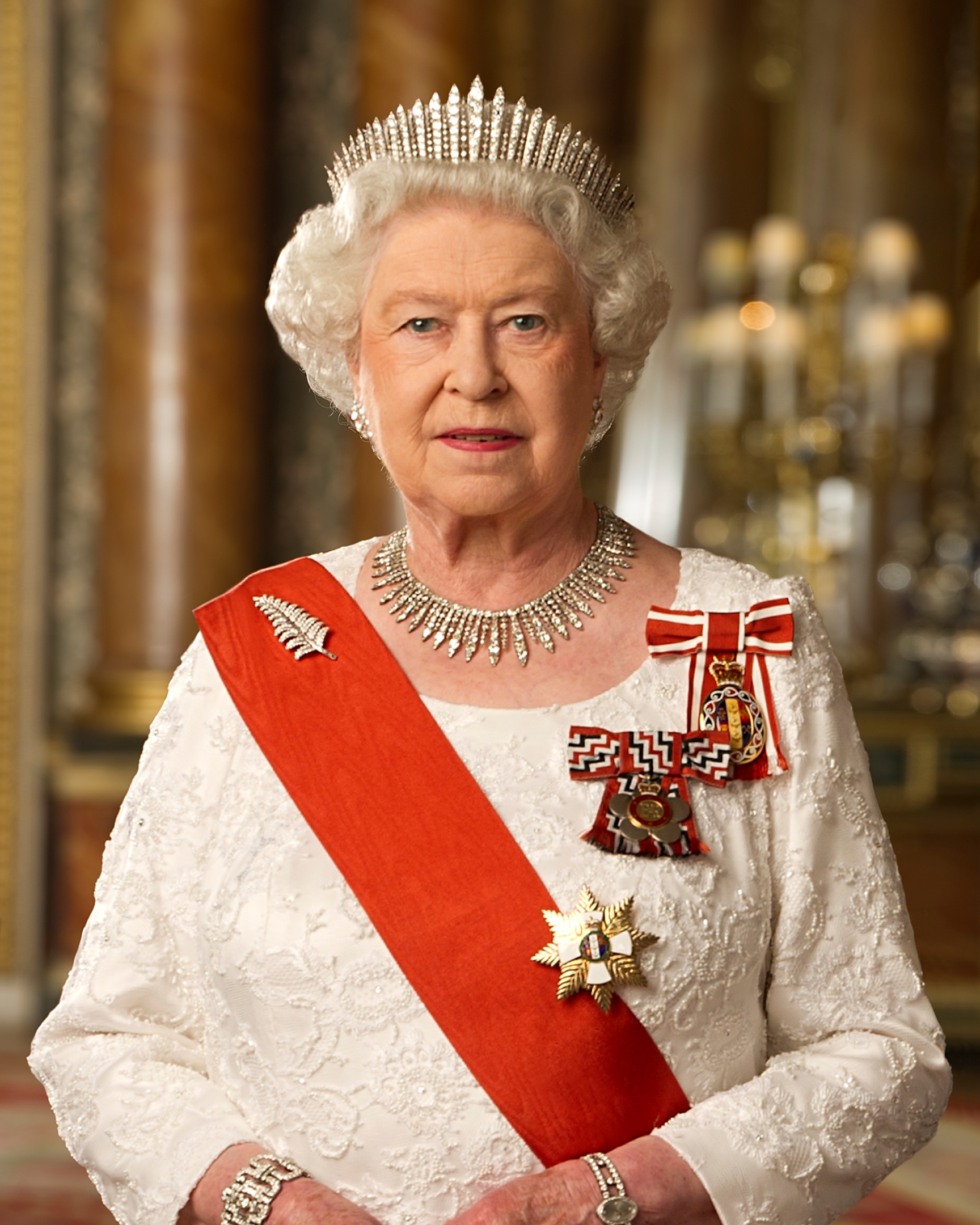
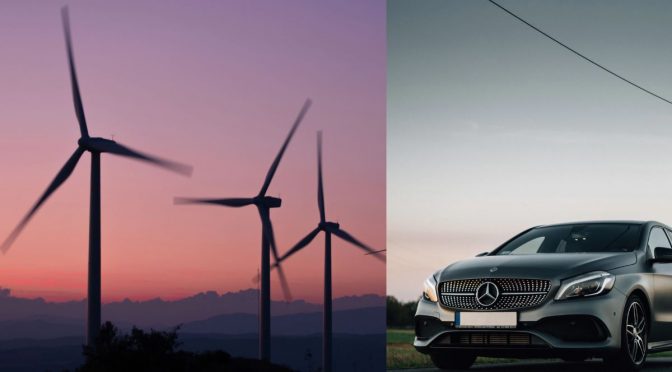
The latest news in your social feeds
Subscribe to our social media platforms to stay tuned